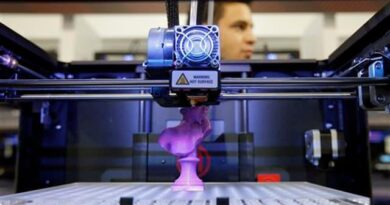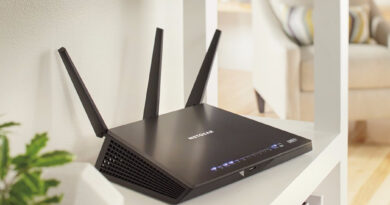What exactly are first-person-view (FPV) drones?
FPV drönare provide the most immersive flying experience possible with drones, but they come with their own set of problems, rewards, and equipment.
FPV is an abbreviation for first-person view. Traditional drones differ in that they are piloted from the pilot’s vantage point on the ground. Instead, it is flown from the drone’s rather than the operator, using an onboard camera. So, when it comes to operating an FPV drone, this effectively implies that FPV drone pilots see what the drone sees. If you will, consider this a drone’s eye perspective.
Conventional drones have inbuilt cameras or, if not, maybe outfitted with them if the operator wishes to fly in first-person view (FPV). However, from almost every angle, FPV and traditional drones appear pretty similar. And, vice versa, the FPV can have the camera disabled if they opt for normal viewing. It just depends on your preference.
We’ve laid down all you need to know about FPV drones below. But keep in mind that before you go out with your new toy, you should familiarise yourself with all of the drone restrictions in your region. Different laws apply if you wish to fly your drone at night, so be sure you understand all of them if you plan on flying after sundown.
How do FPV drones operate?
As previously said, FPV drones operate like regular drones. The difference with FPV is that it has an onboard camera that is mounted on the drone and delivers a Livestream from the aircraft to your FPV goggles, headset, smartphone device, or another screen.
What are the advantages of using an FPV drone?
You may be asking why you would prefer FPV over traditional drone flying, but there are a lot of advantages. For starters, it’s a highly immersive experience that employs various techniques to provide pilots with the most futuristic viewing possible. Second, the low-latency transmission enables faster reflexes and improved awareness of the surroundings, resulting in more accurate flight and greater accuracy.
Third, and probably most crucially, it enables you to take magnificent aerial photographs. If you’re interested in drone photography and filmmaking, being able to see the drone from its point of view produces stunning pictures and video footage.
However, like with any means of transportation, there are drawbacks to the experience. If you’re flying alone and are concentrating on your headset or screen, you might need a partner to keep an eye on the sky and the world around you. Furthermore, if you’re new to drone flying, FPV drones are notoriously difficult to manoeuvre from a first-person perspective, so they might not be the most excellent option for novices.
What are the applications of FPV drones?
FPV drones are ideal for a few specific activities. You can do many of the typical drone jobs you’ve probably heard of, such as surveying, aerial photography, security, or simply having fun. FPV drone racing, on the other hand, may be for you if you’re searching for something fast, immersive, and as near to flying as you can get.
In FPV drone racing, pilots compete to negotiate a course of flags and obstacles in the shortest amount of time. The image from the drone may also be displayed on large displays for fans to see.
Transmission latency is critical since you need to respond in real-time to avoid collisions. Thus specific equipment is available if you’re interested in drone racing.
What gear do you need to become an FPV drone pilot?
An FPV drone, such as the DJI FPV, costs $739 on its own, or $1,299 with the goggles and controller, or something for novices, such as the EMAX Tinyhawk II, costs roughly $130.
A screen, such as that found on a smartphone or a specialized FPV monitor.
Goggles for viewing the video (not essential, depends on the drone and your preferences) Prices range between $40 and $800.
Finally, practise, practise, and more practise.
You can add a plethora of customization choices if you construct your drone, but RTF (ready-to-fly) drones come fully loaded.



